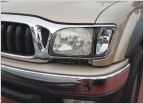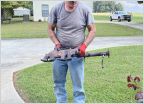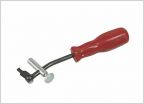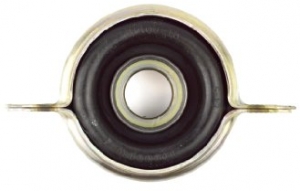-
Welcome to Tacoma World!
You are currently viewing as a guest! To get full-access, you need to register for a FREE account.
As a registered member, you’ll be able to:- Participate in all Tacoma discussion topics
- Communicate privately with other Tacoma owners from around the world
- Post your own photos in our Members Gallery
- Access all special features of the site
Brake pedal wants to sink if pressed harder when at a stop ...
Discussion in '1st Gen. Tacomas (1995-2004)' started by deckeda, Oct 5, 2016.


 O2 sensor bolt sheared
O2 sensor bolt sheared ISO headlight fillers
ISO headlight fillers Struts for 2001 Tacoma Crew Cab?
Struts for 2001 Tacoma Crew Cab? 1996 2.7L 4WD MT exhaust manifold question
1996 2.7L 4WD MT exhaust manifold question Transmission Output and Transfer Case Input Seal (Help)
Transmission Output and Transfer Case Input Seal (Help) Lower Ball Joint Part Numbes
Lower Ball Joint Part Numbes


































































